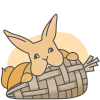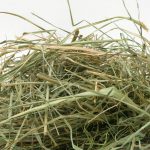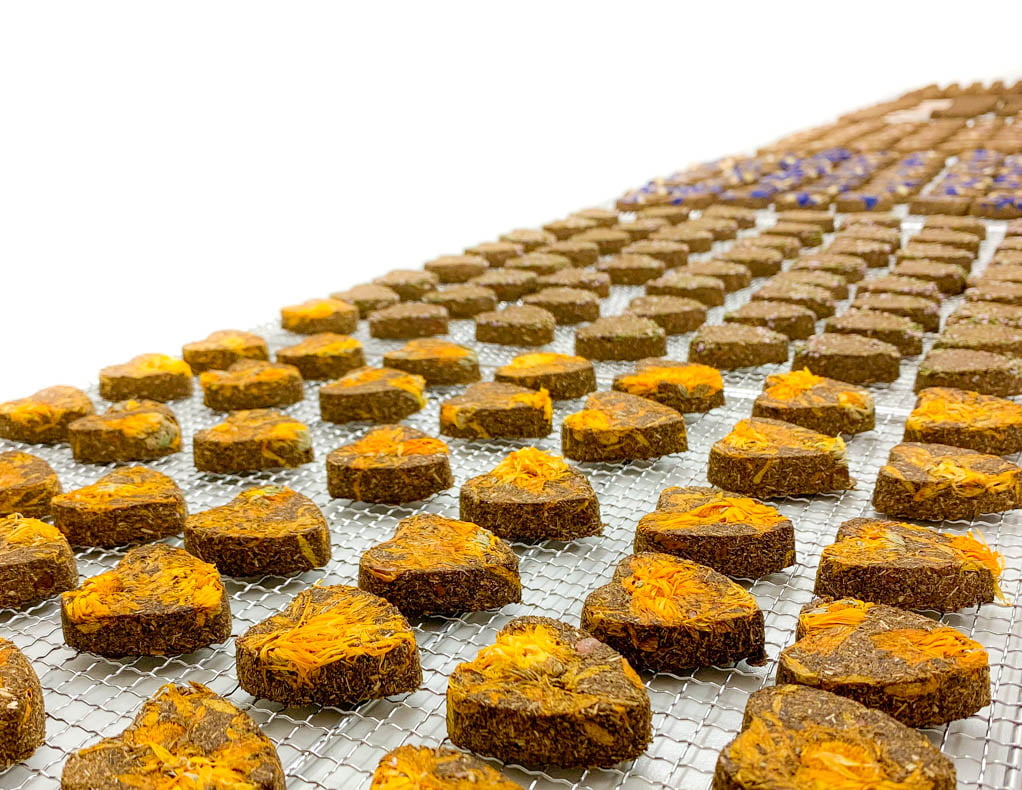When you love your rabbit(s), feeding it properly for its health is a crucial point!
As soon as you start to find out about them, you quickly realize that granules are not natural food and that hay and greenery are the basis of the rabbit’s diet.
What about hay? What is its interest, its nutritional qualities, which one to choose, how to preserve it and feed your rabbit… so many questions to which we will answer.
Hay is the most important food in the rabbit’s diet, and more particularly Crau hay, which is a superior mineral-rich forage.
- Carte de la plaine de la Crau
- Foin de Crau pour lapin
- Foin de Crau pour lapin
- Foin de Crau pour lapin
- Foin de Crau pour lapin
- Foin de Crau pour lapin
- Foin de Crau pour lapin
Why is hay so important to our rabbits?
For tooth wear
As you may know, rabbits’ teeth grow continuously. While in the wild, rabbits or hares feed on fairly hard plants: grasses, leaves, etc…. (These are low-energy and very high-fibre foods.) Their domestic cousins, on the other hand, need a diet adapted to this particularity. It is, therefore, necessary for them to eat hay regularly in order to avoid dental problems.
IDEAS RECEIVED: Bread and GRANULES do not wear out teeth!
For their digestive balance
As the digestive tract of our rabbits must always be in motion in order to avoid any interruption of the digestive transit, it is essential to provide them with fibres, vitamins, minerals, and proteins. That’s why your rabbit must have 24 hours a day of hay at its fingertips.
For their well-being
While their wild cousins spend most of their time eating, our domestic rabbits do not have this concern and may suffer from inactivity. It is therefore important to allow them to look for the right strand and rummage through their racks, this activity stimulates them and keeps them busy for long hours a day.
How to recognize a good hay?
- It must be in a solid green
- It must be fragrant.
- The stems must be long and thick
- It must be dried in the sun
- It must not be dusty
- It must not be compressed
Why Crau’s hay?
Crau hay is a French hay that has been covered by the Appellation d’Origine Contrôlée (the first animal feed to benefit from it) since 1997. This hay is produced, cut and harvested in the Crau plain in the Bouches du Rhône department. This plain forms a triangle of 52,000 hectares between Arles, Salon de Provence, and Fos sur Mer.
Crau hay is considered as “The” best French hay because it is 100% natural, no chemical supplements are added to this product and it is grown in the French tradition. It is therefore very palatable, nourishing and vitamin-rich. It has a unique level of calcium and sodium. This is why it is recommended for animals with delicate digestive systems, which is the case with our rabbits. Crau hay being exceptional, we offer it for sale at Rabbit’s Concept
The plots that produce this AOC hay are irrigated with the water from the Durance which arrives through a network of canals. For a few hours, the water submerges the earth, the operation is repeated every 8 to 10 days during the growing season. As a result, Crau hay does not contain soil and thus, respiratory problems are avoided. There are three types of harvests corresponding to three different periods. May for the first, June/July for the second and August/September for the third. It is a high-quality production thanks to a good sunshine as well as rare but abundant rains during the off-season (fast drying, thus avoiding nutritional losses). Crau’s hay is shipped all over the world!
Summary of the benefits of Crau Hay on your rabbit
- It is 100% natural
- It is palatable
- It is nourishing
- it is balanced and vitamin-rich
- It is rich in minerals
- It facilitates digestion
- It has a balanced composition of grasses and legumes
- It is not compressed
- It is rich in calcium
- It is rich in magnesium
- It is rich in sodium
- It is dried in the sun
How to store it?
It is best to keep it out of the sun and away from humidity. You have to know that the older a hay is, the less good it will be!
Tips and tricks
- Place the hay over your rabbit’s litter, our little ones love to eat while they relieve themselves. 😉
- You can create games with hay to keep your rabbit occupied, for example by taking a roll of Sopalin paperboard in which you can put your hay.

 Food
Food Essentials
Essentials Toys
Toys Accessories
Accessories Goodies
Goodies













